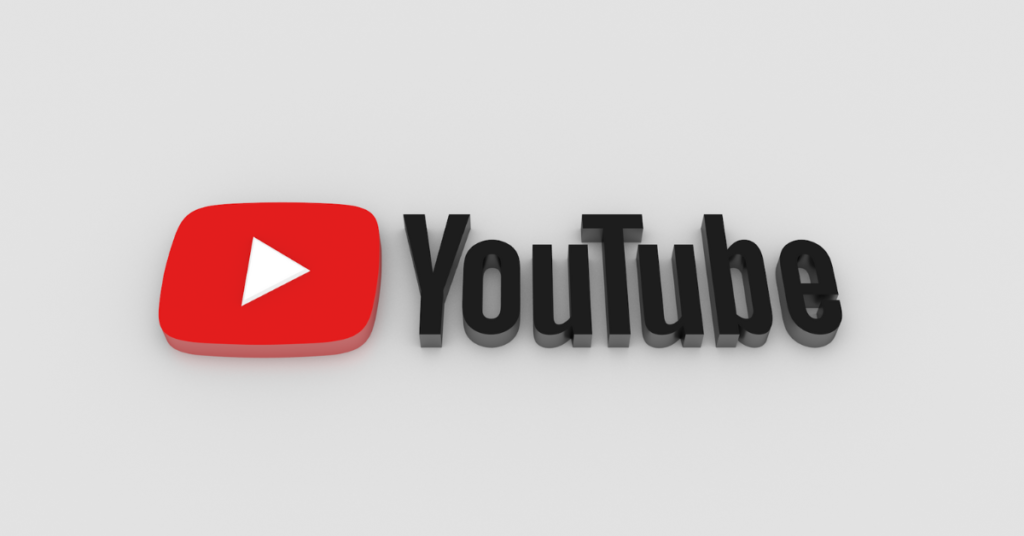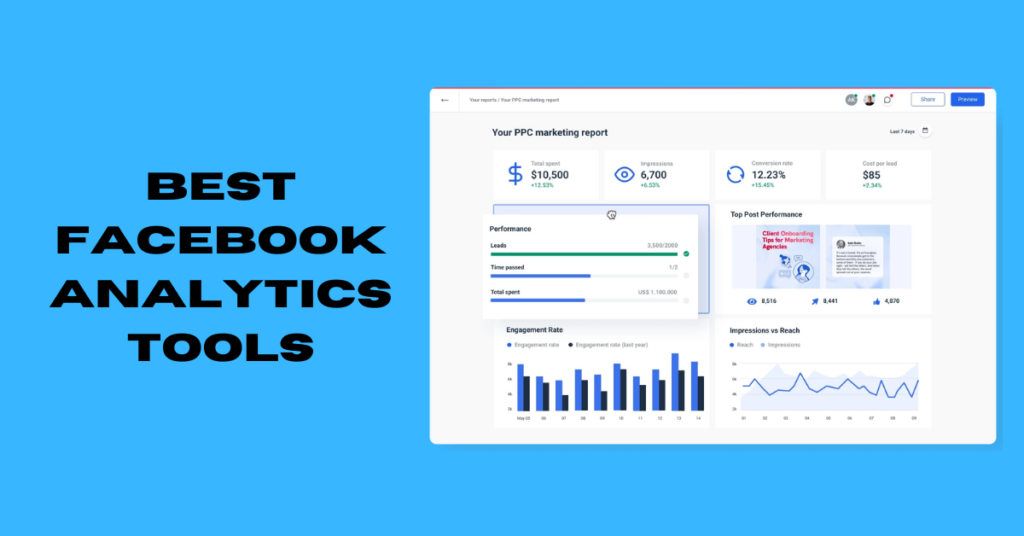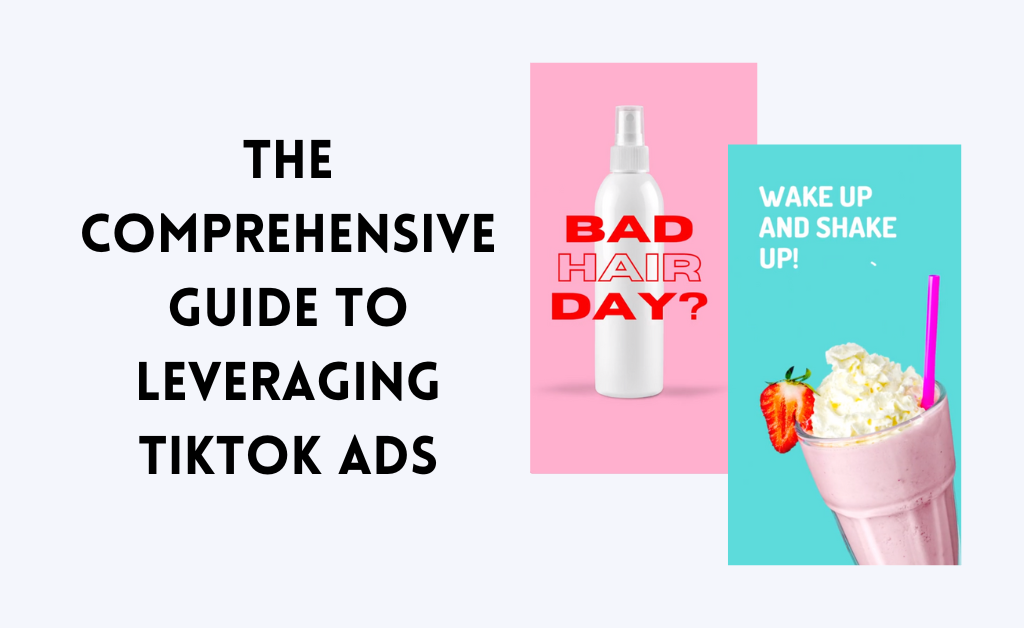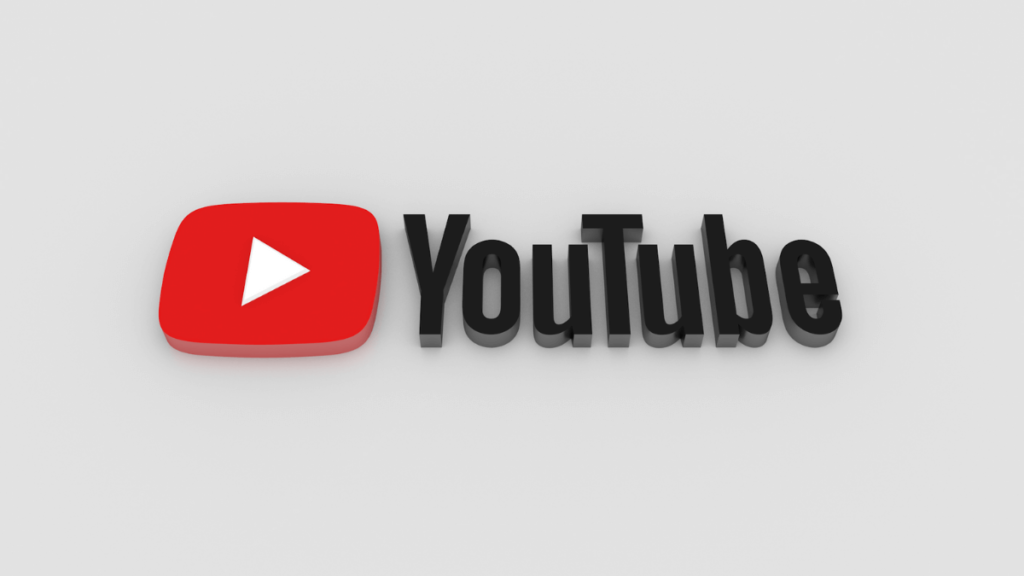As an expert in SEO and high-end copywriting, we understand the importance of creating quality content that can outrank other websites on Google. This article will provide a comprehensive guide on creating a YouTube account, with detailed step-by-step instructions and valuable tips to help you optimize your account for search rankings.
Why Create a YouTube Account?
YouTube is the world's largest video-sharing platform, with billions of users and millions of videos uploaded daily. Creating a YouTube account has numerous benefits, including:
- Content Creation: With a YouTube account, you can create and upload your videos, showcasing your creativity, expertise, and interests to a wide audience.
- Brand Promotion: YouTube can be a powerful marketing tool for businesses and influencers to promote their brand, products, or services through engaging video content.
- Social Interaction: YouTube allows you to connect with other users, build a community, and engage with your audience through comments, likes, and shares.
- Monetization: If you meet YouTube's monetization requirements, you can earn money while you sleep through ads, sponsorships, and merchandise sales on your videos.
Now, let's dive into the step-by-step guide on creating a YouTube account and optimizing it for search rankings.
Step 1: Sign Up for a Google Account
To create a YouTube account, you will need a Google account. If you already have a Google account, skip to Step 2. If not, follow these steps:
- Go to the Google homepage (www.google.com) and click “Sign in” in the top right corner.
- Click “Create account” and fill in your personal information, including your first and last name, desired email address, password, and phone number.
- Complete the security verification process by entering a verification code sent to your phone or email.
- Click on “Next” and fill in any additional information required by Google, such as your country, birthday, and gender.
- Read and accept the terms of service and privacy policy, then click “Next.”
- Upload a profile picture, customize your account settings as desired, and click “Next.”
Congratulations! You now have a Google account, including a YouTube account.
Step 2: Create Your YouTube Channel
You can create your YouTube channel now that you have a Google account. Follow these steps:
- Go to www.youtube.com and click “Sign in” in the top right corner.
- Enter your Google account email address and password, then click “Next.”
- Click on the profile icon in the top right corner and select “Your channel” from the drop-down menu.
- Click on “Create channel” to set up a new YouTube channel.
- Choose between creating a personal channel with your name or a business channel with your brand name, then click on “Select” and follow the on-screen prompts to set up your channel.
Congratulations! You now have a YouTube channel associated with your Google account.
Step 3: Optimize Your YouTube Channel
Now that your YouTube channel is set up optimizing it for search rankings is time. Follow these tips:
- Choose a Keyword-Rich Channel Name: Your channel name should be relevant to your content and include keywords that users might search for on YouTube. For example, if your channel is about cooking, a channel name like “Tasty Recipes” or “Cooking with [Your Name]” can help improve search visibility.
- Create an Engaging Channel Trailer: A channel trailer is a short video that introduces your channel to new viewers. It should be engaging, well-produced, and highlight the unique features of your channel. Use keywords in your channel trailer's title, description, and tags to optimize it for search rankings. This can help attract more viewers and subscribers to your channel.
- Customize Your Channel Art: Your channel art includes your banner and profile picture. Use high-quality images representing your brand or content, and include keywords in the channel banner title and description. This can make your channel more visually appealing and relevant to search queries.
- Add a Channel Description: In your channel settings, you can add a channel description that provides an overview of your content, keywords related to your niche, and links to your website or social media profiles. This can help search engines understand the focus of your channel and improve its search visibility.
- Organize Your Content with Playlists: Playlists are a great way to categorize and organize your videos based on topics or themes. Use keywords in the playlist titles and descriptions to optimize them for search rankings. This can help users discover your videos more easily and keep them engaged on your channel.
Step 4: Create High-Quality and SEO-Optimized Videos
The quality and relevance of your videos are crucial for SEO and search rankings. Follow these tips to create high-quality and SEO-optimized videos:
- Choose Relevant and Keyword-Rich Video Titles: Your video titles should be concise and descriptive and include keywords that users might search for on YouTube. Use tools like Google Keyword Planner or YouTube Autocomplete to find popular and relevant keywords for your videos.
- Create Compelling Video Thumbnails: Video thumbnails are the first thing users see when browsing YouTube search results. Use high-quality and eye-catching images that represent the content of your video, and include keywords in the thumbnail title and description. This can improve the click-through rate of your videos and attract more viewers.
- Produce Engaging and Valuable Content: Your videos should be well-produced, engaging, and provide value to your viewers. Use an AI script generator or outline to structure your content, and include relevant keywords naturally in your video script, title, description, and tags. This can help search engines understand the relevance and quality of your videos.
- Add Video Descriptions with Keywords: Your video descriptions should be detailed and include keywords related to your video's topic. Use the first few lines of your description to summarize your video's content concisely and include links to your website or social media profiles. This can help improve the search visibility of your videos and drive traffic to your other online platforms.
- Use Relevant Tags: Tags are metadata that can help search engines understand the content of your videos. Use relevant and specific tags that describe your videos' topic, genre, and content. Avoid using irrelevant or misleading tags, which can negatively impact your search rankings.
- Encourage User Engagement: User engagement signals, such as likes, comments, and shares, can indicate the quality and relevance of your videos to search engines. Encourage users to engage with your videos by asking for likes, comments, and shares and responding to comments promptly. This can help improve the visibility and ranking of your videos in search results.
Step 5: Promote Your YouTube Channel
In addition to optimizing your videos and channel, promoting your YouTube channel on other online platforms can help improve its search rankings. Follow these tips to promote your YouTube channel:
- Share Your Videos on Social Media: Share your videos on your social media profiles, such as Facebook, Twitter, Instagram, and LinkedIn. Include a brief description of your video and relevant keywords in your social media posts, and link to your YouTube channel or video. This can help drive traffic to your videos and increase their visibility in search results.
- Collaborate with Other YouTubers: Collaborating with others can help expose your channel to a wider audience and improve its search rankings. Look for other YouTubers in your niche or related topics and contact them for potential collaborations. You can create joint videos, cross-promote each other's channels, or participate in collaborative projects. This can attract new viewers to your channel, increase engagement, and improve search rankings.
- Utilize Email Marketing: If you have an email list or newsletter, you can use it to promote your YouTube channel to your subscribers. Send regular updates about your new videos, behind-the-scenes content, or exclusive offers. Include a call-to-action in your emails to encourage subscribers to watch, like, and share your videos. This can help drive traffic to your YouTube channel and improve its visibility in search results.
- Guest Post on Relevant Blogs: Writing guest posts on blogs related to your niche can help increase your brand visibility and drive traffic to your YouTube channel. Look for authoritative blogs relevant to your content and pitch them ideas for guest posts. Include links to your YouTube channel or videos in your guest posts, and optimize the posts with relevant keywords. This can help improve your search rankings and attract new viewers to your channel.
- Participate in Online Communities: Engaging with online communities related to your niche can help you establish yourself as an expert in your field and promote your YouTube channel. Join relevant forums, communities, and social media groups, and participate in discussions by providing valuable insights and sharing your videos. Avoid spamming or self-promotion, and focus on building genuine connections and providing value to the community. This can help drive traffic to your YouTube channel and improve its search rankings.
Step 6: Analyze and Optimize Your Channel Performance
Regularly analyzing and optimizing your YouTube channel's performance can help you identify areas for improvement and make data-driven decisions to improve your search rankings. Follow these tips for analyzing and optimizing your channel performance:
- Use YouTube Analytics: YouTube provides a wealth of data and analytics about your channel's performance, including video views, watch time, audience demographics, and more. Use YouTube Analytics to track the performance of your videos and channel, identify trends, and make data-driven decisions to optimize your content and improve your search rankings.
- Monitor Your Competitors: Watch your competitors' YouTube channels and analyze their content, keywords, and strategies. Identify what works well for them and try to implement similar strategies in your content. Monitor their search rankings and see where your channel stands in comparison. This can help you identify opportunities to optimize your content and outrank your competitors in search results.
- Optimize Your Channel Regularly: Continuously optimize your channel by updating your channel trailer, channel art, description, and playlists with relevant keywords. Please review and update your video titles, descriptions, tags, and thumbnails to ensure they are relevant and optimized for search rankings. Regularly analyze your channel's performance and make data-driven decisions to improve your content and optimize your search rankings.
- Seek Feedback from Viewers: Pay attention to your viewers' comments, messages, and feedback. They can provide valuable insights and suggestions for improving your content and search rankings. Encourage viewers to leave comments, likes, and shares, and respond to their feedback promptly. This can help you understand your audience's needs and preferences and make necessary adjustments to optimize your content for search rankings.
Conclusion
Creating a YouTube account and optimizing it for search rankings requires careful planning, attention to detail, and consistent effort.
By following the steps outlined in this article, including optimizing your channel, creating high-quality and SEO-optimized videos, promoting your channel, and analyzing and optimizing your channel's performance, you can improve your YouTube channel's search rankings and increase its visibility in search results. Remember to create valuable, engaging, relevant content for your target audience.
Use keywords in your video titles, descriptions, tags, and thumbnails to optimize your content for search rankings. Promote your videos through social media, collaborations, email marketing, and guest posts to attract more viewers to your channel.
Regularly analyze your channel's performance using YouTube Analytics and monitor your competitors to identify areas for improvement. Seek feedback from your viewers and make necessary adjustments to optimize your content and search rankings.
In addition to these steps, it's important to be patient and consistent. Building a successful YouTube channel takes time and effort; results may take time.
Stay committed to creating high-quality content, optimizing your channel, and promoting your videos, and keep refining your strategies based on data and feedback. Dedication and perseverance can improve your YouTube channel's search rankings and grow your audience.
Remember to follow YouTube's community guidelines and terms of service, as violating these can result in penalties, including removing your videos or channel. Stay up-to-date with YouTube's policies and best practices to ensure your channel remains in good standing and ranks well in search results.
In conclusion, optimizing your YouTube channel for search rankings requires a combination of technical and content optimization, promotion, and analysis.
By following the steps outlined in this article and consistently creating valuable content, engaging with your audience, and optimizing your channel, you can improve your YouTube channel's search rankings and increase its visibility to attract more viewers and grow your channel's success.
Frequently Asked Questions about How to Create a YouTube Account
How do I create a YouTube account?
To create a YouTube account, follow these steps:
- Go to youtube.com
- Click on the “Sign In” button in the top right corner.
- Click “Create account” and enter your email address or phone number.
- Fill in the required information, including your first and last name, password, and date of birth.
- Click “Next” and follow the prompts to complete the setup process.
- Can I create a YouTube account without a Google account?
- No, you need a Google account to create a YouTube account. Google owns YouTube, and a Google account gives you access to all Google services, including YouTube.
What information do I need to provide to create a YouTube account?
To create a YouTube account, you must provide your email address or phone number, first and last name, password, and date of birth. Depending on your preferences, you may also need to provide additional information, such as a profile picture or channel name.
Can I create multiple YouTube accounts with one Google account?
Yes, you can create multiple YouTube accounts using one Google account. However, each YouTube account must have a unique channel name and profile picture.
Are there any age restrictions for creating a YouTube account?
Yes, you must be at least 13 years old to create a YouTube account, per YouTube's terms of service. If you are under 13, you can create a YouTube account under a parent or guardian's supervision.
How do I verify my YouTube account?
To verify your YouTube account, you need to link it to a phone number. Here's how:
- Sign in to your YouTube account.
- Go to your account settings.
- Click on “Channel status and features.”
- Click “Verify” and follow the prompts to enter your phone number and receive a verification code.
- Enter the code on YouTube to complete the verification process.
Can I create a YouTube account for my business or brand?
Yes, you can create a YouTube account for your business or brand. When setting up your YouTube account, you can create a Brand Account, which allows multiple users to manage the account and create a separate brand identity for your business or brand.
What are YouTube's guidelines for creating a channel name?
YouTube's guidelines for creating a channel name include the following:
- The channel name should reflect the content of your channel.
- The channel name should not be misleading or impersonating someone else.
The channel name should not violate YouTube's community guidelines or copyright policies.
Can I change my YouTube account's channel name after creating it?
You can change your YouTube account's channel name after creating it. To do so, follow these steps:
- Sign in to your YouTube account.
- Go to your channel settings.
- Click on “Edit” next to your channel name.
- Enter the new channel name and click “Save.”
How can I optimize my YouTube account for search rankings?
To optimize your YouTube account for search rankings, consider the following:
- Use relevant keywords in your channel name, video titles, descriptions, and tags.
- Create engaging and high-quality content that resonates with your target audience.
- Promote your videos through social media, collaborations, and email marketing.
- Regularly analyze your channel's performance using YouTube Analytics and make necessary adjustments based on data and feedback.
- Follow YouTube's community guidelines and terms of service to maintain good standing and avoid penalties.






